#narrative of the life of Frederick Douglass
Quote
Let us render the tyrant no aid; let us not hold the light by which he can trace the footprints of our flying brother.
Frederick Douglass, Narrative of the Life of Frederick Douglass
#philosophy#quotes#Frederick Douglass#Narrative of the Life of Frederick Douglass#tyranny#authoritarianism#authority#oppression#violence
74 notes
·
View notes
Text
Tonight, I am contemplating the number of prisons that ban nonprofits from sending free dictionaries, composition notebooks, or ESL study guides. I am also contemplating the wildly disproportionate number of African American prisoners. And I am also contemplating the scene in Narrative of the Life of Frederick Douglass where he says that what the white man fears most is a Black person who can read.
I'd write an essay about all of this, but Frederick Douglass already did. 179 years ago, in Narrative of the Life of Frederick Douglass.
44 notes
·
View notes
Text
#these are some of the ones i remember from high school#theres definitely more#polls#books#tumblr polls#my polls#poll#the cask of amontillado#the crucible#romeo and juliet#the veldt#narrative of the life of frederick douglass#macbeth#i reccomend all them#book recommendations#i forgot to add a multiple option
4 notes
·
View notes
Text
the idea that we'd ban books that include the n word (as a criticism of racism, mind you) is absurd because have you ever read 19th and 20th century black american literature?
#typewriter dings#we'd nix nella larsen and langston hughes and the narratives of harriet jacobs and frederick douglass#and the first novel by a black american woman: sketches of the life of a free black#(harriet e. wilson)#it's uncomfortable but you gotta make students uncomfortable sometimes#you can't very well ignore the reality of racism#especially if it's to make white students comfortable#i'm anti book banning on the whole but this is a particularly bad idea
4 notes
·
View notes
Text
Frederick Douglass-”The Narrative of the Life of Frederick Douglass"
My term of actual service to Mr. Edward Covey ended on Christmas day, 1833. The days between Christmas and New Year’s day are allowed as holidays, and, accordingly, we were not required to perform any labor, more than to feed and take care of the stock. This time we regarded as our own, by the grace of our masters; and we therefore used or abused it nearly as we pleased.
Those of us who had families at a distance, were generally allowed to spend the whole six days in their society. This time, however, was spent in various ways. The staid, sober, thinking and industrious ones of our number would employ themselves in making corn-brooms, mats, horse-collars, and baskets; and another class of us would spend the time in hunting opossums, hares, and coons. But by far the larger part engaged in such sports and merriments as playing ball, wrestling, running footraces, fiddling, dancing, and drinking whisky; and this latter mode of spending the time was by the far the most agreeable to the feelings of our masters.
A slave who would work during the holidays was considered by our masters as scarcely deserving them. He was regarded as one who rejected the favor of his master. It was deemed a disgrace not to get drunk at Christmas; and he was regarding as lazy indeed, who had not provided himself with the necessary means, during the year, to get whisky enough to last him through Christmas.”


#frederick douglass#Life and Times of Frederick Douglass#slavery#1619 project#abolitoinists#abolitionist movement#civil rights movement#civil rights act#Civil Rights History#black history#civil war#slave narratives#history of slavery#black lives movement#black lives matter#fugitive slaves#Fugitive Slave Act#fugitives slave law#christmas
13 notes
·
View notes
Photo

The Narrative of the Life of Frederick Douglass by Frederick Douglass
After reading several first-hand accounts of slavery, I think Frederick Douglass's autobiography is one of the best examples of the variety of horrible forms slavery could take, and the challenges escaped slaves faced. However, I also find this novel lost in the crowd amongst other more dramatic biographies like 12 Years a Slave.
Although it's not my favourite out of the autobiographies I've read, the book is very good and an enjoyable read. It wouldn't be my first recommendation, but I'm happy to have it included on my bookshelf.
#the narrative of the life of frederick douglass#frederick douglass#book#books#bookstagram#book review#the book look#black history#history#american history#slave#slavery#african american#black power#slave narrative#autobiography
4 notes
·
View notes
Link
0 notes
Link
0 notes
Text
Public Domain Black History Books
For the day Frederick Douglass celebrated as his birthday (February 14, Douglass Day, and the reason February is Black History Month), here's a selection of historical books by Black authors covering various aspects of Black history (mostly in the US) that you can download For Free, Legally And Easily!
Slave Narratives
This comprised a hugely influential genre of Black writing throughout the 1800s - memoirs of people born (or kidnapped) into slavery, their experiences, and their escapes. These were often published to fuel the abolitionist movement against slavery in the 1820s-1860s and are graphic and uncompromising about the horrors of slavery, the redemptive power of literacy, and the importance of abolitionist support.
Narrative of the Life of Frederick Douglass - 1845 - one of the most iconic autobiographies of the 1800s, covering his early life when he was enslaved in Maryland, and his escape to Massachusetts where he became a leading figure in the abolition movement.
Running a Thousand Miles for Freedom by William and Ellen Craft - 1860 - the memoir of a married couple's escape from slavery in Georgia, to Philadelphia and eventually to England. Ellen Craft was half-white, the child of her enslaver, but she could pass as white, and she posed as her husband William's owner to get them both out of the slave states. Harrowing, tense, and eminently readable - I honestly think Part 1 should be assigned reading in every American high school in the antebellum unit.
Incidents in the Life of a Slave Girl by Harriet Jacobs writing under the name Linda Brent - 1861 - writing specifically to reach white women and arguing for the need for sisterhood and solidarity between white and Black women, Jacobs writes of her childhood in slavery and how terrible it was for women and mothers even under supposedly "nice" masters including supposedly "nice" white women.
Twelve Years a Slave by Solomon Northup - 1853 - Born a free Black man in New York, Northup was kidnapped into slavery as an adult and sold south to Louisiana. This memoir of the brutality he endured was the basis of the 2013 Oscar-winning movie.
Early 1900s Black Life and Philosophy
Slavery is of course not the only aspect of Black history, and writers in the late 1800s and early 1900s had their own concerns, experiences, and perspectives on what it meant to be Black.
Up From Slavery by Booker T. Washington - 1901 - an autobiography of one of the most prominent African-American leaders and educators in the late 1800s/early 1900s, about his experiences both learning and teaching, and the power and importance of equal education. Race relations in the Reconstruction era Southern US are a major concern, and his hope that education and equal dignity could lead to mutual respect has... a long way to go still.
The Souls of Black Folk by W.E.B. Du Bois - 1903 - an iconic work of sociology and advocacy about the African-American experience as a people, class, and community. We read selections from this in Anthropology Theory but I think it should be more widely read than just assigned in college classes.
Darkwater: Voices from Within the Veil by W.E.B. Du Bois - 1920 - collected essays and poems on race, religion, gender, politics, and society.
A Negro Explorer at the North Pole by Matthew Henson - 1908 - Black history doesn't have to be about racism. Matthew Henson was a sailor and explorer and was the longtime companion and expedition partner of Robert Peary. This is his adventure-memoir of the expedition that reached the North Pole. (Though his descriptions of the Indigenous Greenlandic Inuit people are... really paternalistic in uncomfortable ways even when he's trying to be supportive.)
Poetry
Standard Ebooks also compiles poetry collections, and here are some by Black authors.
Langston Hughes - 1920s - probably the most famous poet of the Harlem Renaissance.
James Weldon Johnson - early 1900s through 1920s - tends to be in a more traditionalist style than Hughes, and he preferred the term for the 1920s proliferation of African-American art "the flowering of Negro literature."
Sarah Louisa Forten Purvis - 1830s - a Black abolitionist poet, this is more of a chapbook of her work that was published in newspapers than a full book collection. There are very common early-1800s poetry themes of love, family, religion, and nostalgia, but overwhelmingly her topic was abolition and anti-slavery, appealing to a shared womanhood.
Science Fiction
This is Black history to me - Samuel Delany's first published novel, The Jewels of Aptor, a sci-fi adventure from the early 60s that encapsulates a lot of early 60s thoughts and anxieties. New agey religion, forgotten technology mistaken for magic, psychic powers, nuclear war, post-nuclear society that feels more like a fantasy kingdom than a sci-fi world until they sail for the island that still has all the high tech that no one really knows how to use... it's a quick and entertaining read.
64 notes
·
View notes
Photo

#OTD in 1818: Frederick Douglass, father of the abolitionist movement, was born.
After escaping from a life of slavery at 20-years-old, he published his first autobiography in 1845: “Narrative of the Life of Frederick Douglass, an American Slave.” It became an immediate bestseller across the United States and Europe, and in 2012, the Library of Congress named it one of the “88 Books that Shaped America.”
Douglass is now known as one of the most profound writers, orators, civil rights leaders, and government officials of all time. Today, we honor his life’s commitment to holding our country to its founding principles — that freedom and equality are truly for ALL.
#black history month#blackhistorymonth#bhm#frederick douglass#frederickdouglass#On this day#otd#onthisday#black history#blackhistory
32 notes
·
View notes
Quote
The silver trump of freedom had roused my soul to eternal wakefulness. Freedom now appeared, to disappear no more forever. It was heard in every sound and seen in every thing. It was ever present to torment me with a sense of my wretched condition. I saw nothing without seeing it, I heard nothing without hearing it, and felt nothing without feeling it. It looked from every star, it smiled in every calm, breathed in every wind, and moved in every storm.
Frederick Douglass, Narrative of the Life of Frederick Douglass
#philosophy#quotes#Frederick Douglass#Narrative of the Life of Frederick Douglass#freedom#liberty#awareness
39 notes
·
View notes
Text
You can vote even if you're not sure you'll be able to come!
20 notes
·
View notes
Text

The strong presence of the sea is grossly under-examined in American literature, doubly so in African American literature. As Elizabeth Schultz observes, "Historically and culturally, the African American experience has been an inland one. Black Americans," she continues, "have not generally turned seaward in their literature." Although she comes to a "however" that adds the observation "the sea is not absent from African American literature," the rhetorical pose imagined in the claim that "the sea is not absent" is that it will take a good deal of searching to find it. And yet, as Jeffery Bolster observes in his ground-breaking 1997 study Black Jacks, "Sailors wrote the first six autobiographies of blacks published in English before 1800". Many of these autobiographies carry clear abolitionist intent and hint at the type of anti-slavery discussions carried on by sailors around the Atlantic world. When scholars of African American literature turn their attention to works written by sailors, like Olaudah Equiano's The Interesting Narrative of the Life of Olaudah Equiano, or Gustavas Vassa, the African. Written by Himself (1789), most suffer from the misplaced assumption Schultz points to, and thus fail to see the crucial link between sailors and black abolitionism. Indeed, what Crispus Attucks, Paul Cuffee, Robert Smalls, Frederick Douglass, and so many other black revolutionaries in America have in common is that they were all sailors or in some other way directly connected to the maritime trades.
— Matthew D. Brown, 2013. “Olaudah Equiano and the Sailor’s Telegraph: The Interesting Narrative and the Source of Black Abolitionism.” Callaloo: A Journal of African Diaspora Arts and Letters 36 (1): 191–201. doi:10.1353/cal.2013.0059 (Google Drive link)
‘Drunken Sailors’ by John Locker, 1829 (NMM)
#age of sail#black history#black sailors#sailors#naval history#maritime history#atlantic world#abolitionism#black jacks#olaudah equiano#john locker#maritime art#black history month
179 notes
·
View notes
Text


07/13/2023 - thursday
004/200 days of productivity
today i took a break from biology and focused on ap lang homework. i read my dungeon shook by james baldwin and shooting an elephant by george orwell, annotated both, and answered some assigned review questions. shooting an elephant was surprisingly difficult to get through; i couldn't stand how much orwell kept demonizing the burmese, and reading the phrase "yellow faces" over and over started to sting a little. compared to that, my dungeon shook was a much more comfortable read, and just more interesting in general. it's made me excited to read further into narrative of the life of frederick douglass as well!
i spent the later half of the day digitizing more ap bio notes into evernote. it's become a lifesaver with how easy it is to draw diagrams into notes, even if it keeps shoving premium trials into my face... partway through the afternoon, my brother and i went to a boba place near us! because my caffeine tolerance is so terrible, i ordered a dragonfruit green tea decaf, but it turns out that the decaf version just substitutes sparkling water for tea, so i was a little disappointed, but either way, it got me through the afternoon heat wave!
#lizhi posts#studyblr#studyspo#study blog#200 days of productivity#high school studyblr#study inspo#study inspiration#studyspiration#studymotiv#study motivation#study motivator#studyinspo#studywithme#study notes#study aesthetic#study with me
39 notes
·
View notes
Text
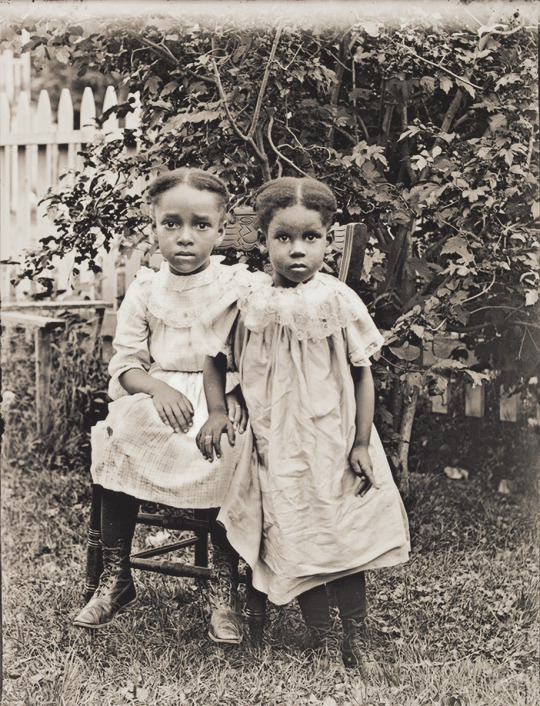
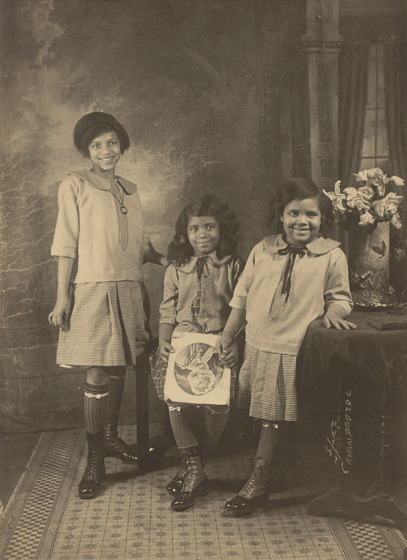
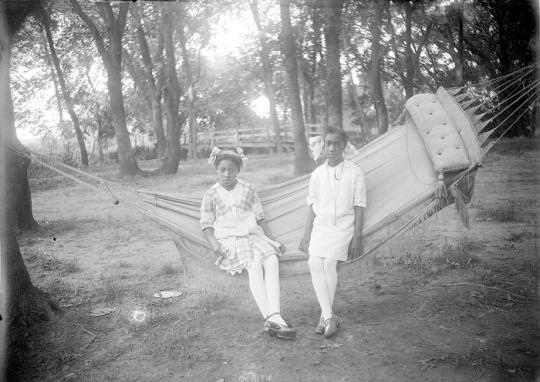
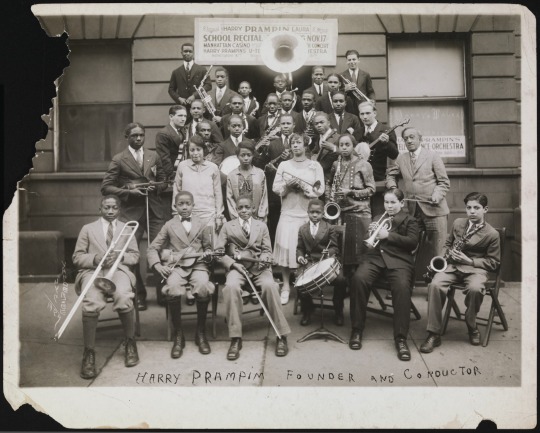
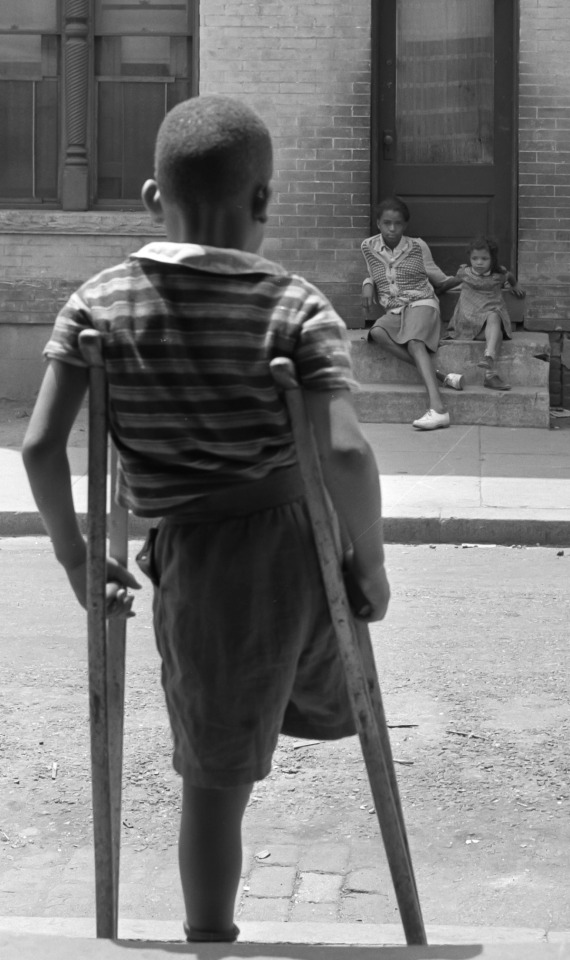
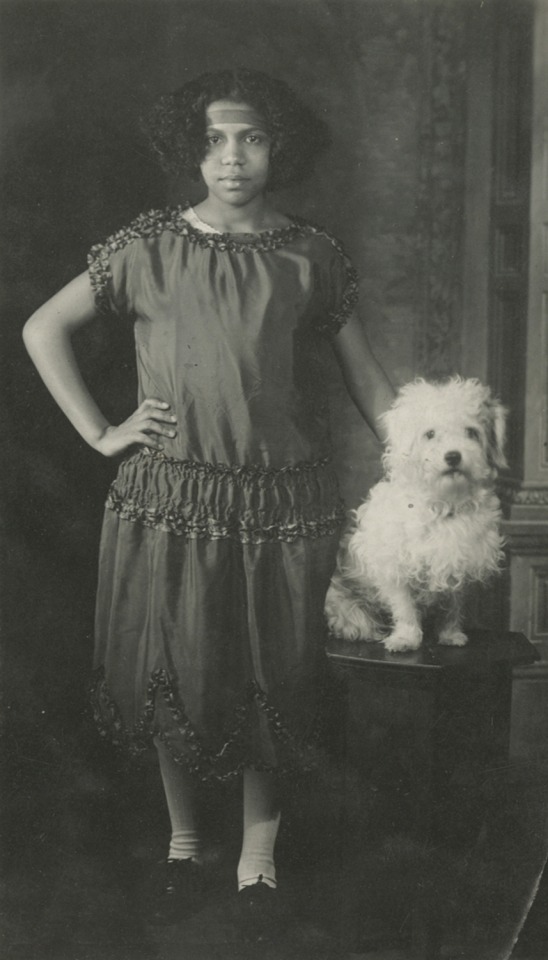
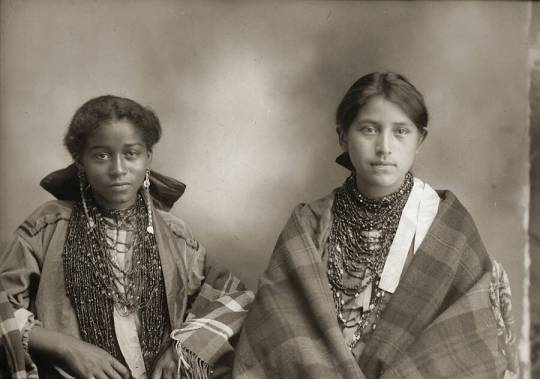

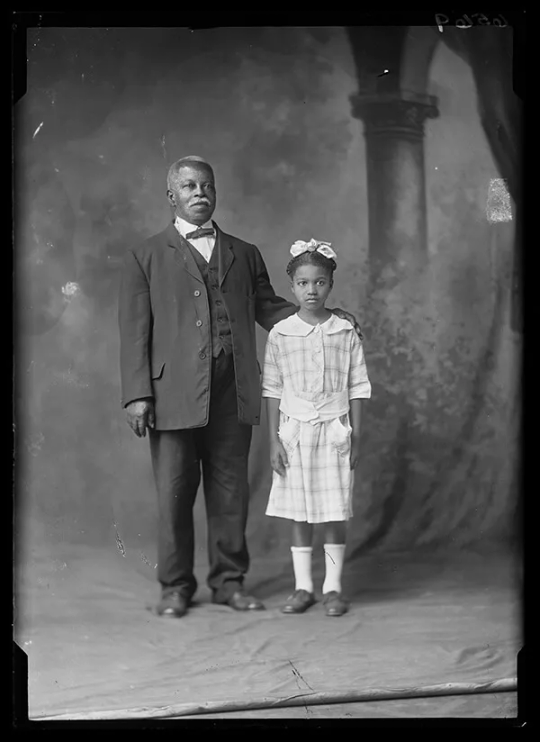
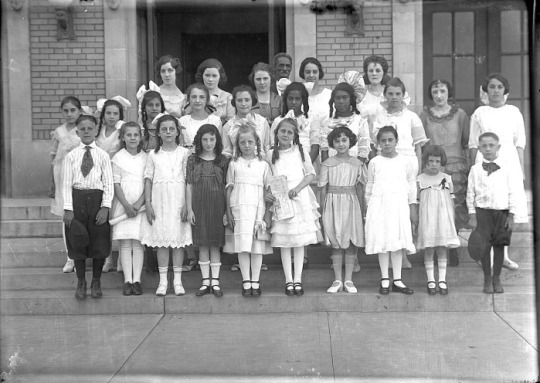
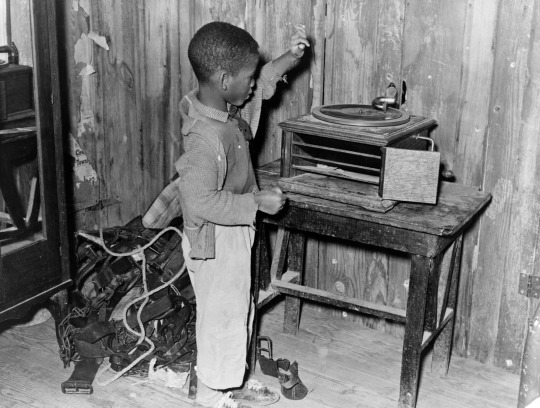
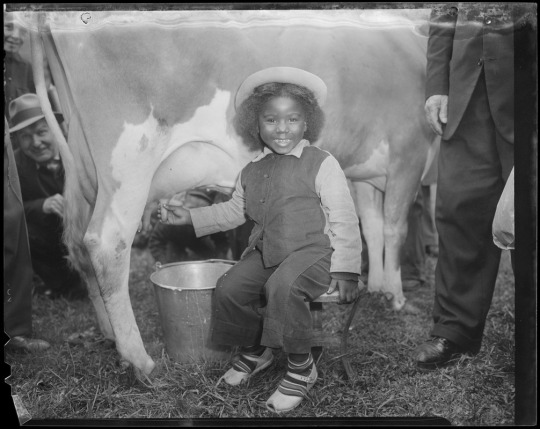




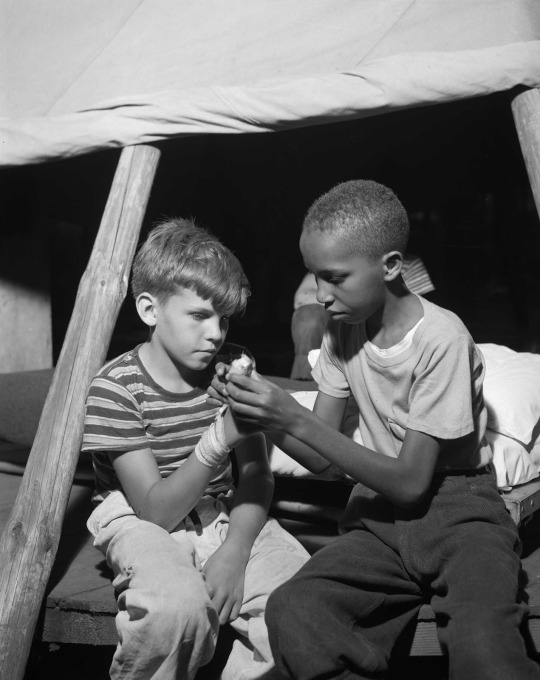
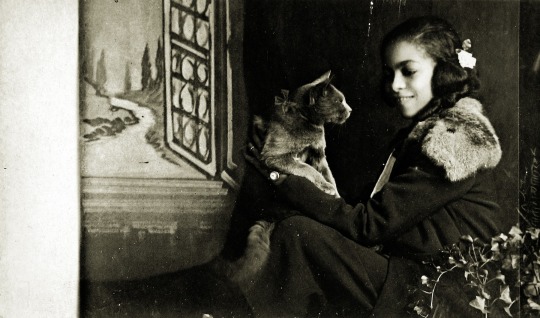
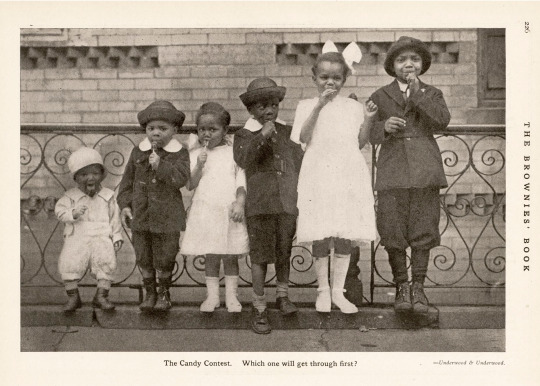
How do the memories and magic of children disrupt and upRoot the histories we tell ourselves? How do children navigate spaces of oppression and liberation? How do they find joy and hope in places that were not created for them to exist? They live.
(1) Portrait of two young Jackson girls in wrinkled, informal wear. Potentially the descendants of emancipated Virginian Bethany Veney, who authored a narrative of her life in slavery and went on to own three houses in Worcester's Beaver Brook neighborhood (1900)
(2) Three sister dressed in matching outfits (and shoes). The center girl holds a favorite object close, perhaps a record album (1926)
(3) Florence Jones (in white dress with large bow) and a friend swing on a family hammock in Lincoln, Nebraska (1915-1920)
(4) Students at the Harry Prampin School Recital in Harlem (1927)
(5) Washington, D.C. Young boy standing in the doorway of his home on Seaton Road in the northwest section. His leg was cut off by a streetcar while he was playing in the street (1942)
(6) A girl and her dog pose in a New York studio (1921)
(7) Ho-Chunk cousins Carrie Elksit (ENooKah) and Annie Lowe Lincoln (Red Bird) wearing elaborate beaded necklaces and earrings. Carrie (left) was the afroindigenous daughter of Lucie Elk, while Annie (right), was the daughter of King of Thunder in Black River Valley (1940)
(8) Ms. Ruby dons her Pullman maid’s uniform and and poses next to a young girl in Stafford County, Virginia (1904-1918)
(9) Eileen Buckner poses with her grandfather Anthony T. Buckner, who was born enslaved and would go on to be one the most respected merchants in the Charlottesville. Eileen's father, George W. Buckner, would go on to write the New Negro manifesto in 1921
(10) A girl smiles wide as she milks a cow (1934–1956)
(11) A young child plays the phonograph in his family cabin located at the Transylvania Project in Louisiana (1939)
(12) Two brown skinned girls pose in matching dresses near the center of their classroom picture in front of Lincoln High School, Nebraska (around 1919)
(13) A young sharecropper lays out on his attic bed in New Madrid County, Missouri (1938)
(14) Chris Easterling (left) and George Mashatt learn how to signal when they want the bus to stop in Ann Arbor (June 1975)
(15) A little girl watches the Macy’s Thanksgiving Day Parade with her family in New York (1946)
(16) Little ballerinas dance at the Frederick Douglass housing project located in Anacostia, D.C. (1942)
(17) Integrated summer activities at Camp Nathan Hale in Southfields, New York where children learned different skills, like first aid, under the guidance of the Methodist Camp Service (1943)
(18) A young girl smiles at her feline friend; notice the ribbon on the cat's neck (1925)
(19) Children stand in a line to pose during their candy eating competition W.E.B. DuBois' Brownies Book
Sources: Worcester Art Museum, James Van Der Zee Collection, Library of Congress, Harris & Ewing, Leslie Jones Collection, Boston Public Library, National Museum of African American History and Culture
30 notes
·
View notes
Text

detail of an image depicting Lucretia Auld teaching a young Frederick Douglass how to read.
My new mistress proved to be all she appeared when I first met her at the door, a woman of the kindest heart and finest feelings. She had never had a slave under her control previously to myself, and prior to her marriage she had been dependent on her own industry for a living. She was by trade a weaver; and by constant application to her business, she had been in a good degree preserved from the blighting and dehumanizing effects of slavery. I was utterly astonished at her goodness.
[...]
My mistress was, as I have said, a kind and tender-hearted woman; and in the simplicity of her soul she commenced, when I first went to live with her, to treat me as she supposed one human being ought to treat another. In entering upon the duties of a slaveholder, she did not seem to perceive that I sustained to her the relation of a mere chattel, and that for her to treat me as a human being was not only wrong, but dangerously so. Slavery proved as injurious to her as it did to me. When I went there, she was a pious, warm, and tender-hearted woman. There was no sorrow or suffering for which she had not a tear. She had bread for the hungry, clothes for the naked, and comfort for every mourner that came within her reach. Slavery soon proved its ability to divest her of these heavenly qualities. Under its influence, the tender heart became stone[.]
- Frederick Douglass (Narrative of the Life of Frederick Douglass, an American Slave, Written By Himself, Chapters VI and VII). Bolded emphases added.
No matter under what specious term it may disguise itself, slavery is still hideous. It has a natural, inevitable tendency to brutalize every noble faculty of man.
Daniel O'Connell, in a speech given on March 31st, 1845 to the Repeal Association
8 notes
·
View notes